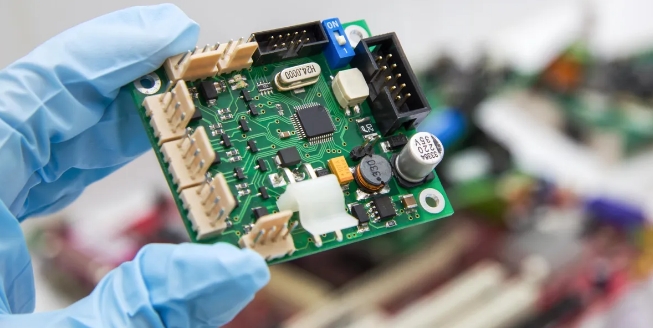Printed circuit assembly (PCA) design is a crucial aspect of creating reliable and efficient electronic devices. This process involves the careful planning and placement of electronic components on a printed circuit board (PCB) to ensure optimal performance. In this guide, we will explore the intricacies of PCA design, including the assembly process, key components, and best practices for achieving high-quality results.

Printed Circuit Board Assembly (PCBA) refers to the process of mounting and soldering electronic components onto a bare board to create a functional assembled board. This process is essential for transforming a bare PCB into a working electronic device.
The PCBA process involves several key components, including:
These include resistors, capacitors, diodes, and integrated circuits (ICs) that are essential for the functionality of the device.
The base PCB that serves as the foundation for mounting electronic components.
An automated machine that accurately places components on the board.
A machine used to melt solder paste and secure components in place.
The assembly process for PCBs involves several steps, each crucial for ensuring a high-quality final product:
The first step in the assembly process is designing the PCB layout. This involves creating a detailed plan for the placement of components on the board, ensuring that electrical connections are correctly routed and that there is enough space for all components.
Once the PCB design is finalized, the next step is placing the components on the board. This is typically done using a pick and place machine, which accurately positions each component based on the design layout.
After the components are placed, they need to be soldered to the board. This can be done using a reflow oven, which melts solder paste to create secure connections. In some cases, components may be hand soldered for precision.
Once the assembly is complete, the board undergoes several inspections and tests to ensure it functions correctly. This includes visually inspecting the board for any defects and performing functional testing to verify that all components work as intended.
Achieving a high-quality PCBA requires attention to detail and adherence to best practices:
Ensure that the PCB layout is well-planned, with adequate spacing between components and clear routing of electrical connections.
Select high-quality electronic components to ensure the reliability and longevity of the assembled board.
Utilize advanced pick and place machines to ensure precise placement of components on the board.
Use lead-free solder to comply with environmental regulations and ensure the safety of the final product.
Conduct comprehensive testing, including functional testing, to verify the performance of the assembled board.
A PCB (Printed Circuit Board) is a bare board without any electronic components mounted on it. A PCBA (Printed Circuit Board Assembly) is a PCB that has been populated with electronic components and is ready for use in an electronic device.
PCB design is crucial because it determines the placement of components, the routing of electrical connections, and the overall functionality of the final product. A well-designed PCB layout ensures efficient assembly and reliable performance.
A reflow oven is used to melt solder paste and secure electronic components to the PCB. This process ensures strong and reliable connections between the components and the board.
Quality is ensured through a combination of proper PCB design, the use of high-quality components, accurate component placement, lead-free soldering, and thorough testing, including visual inspection and functional testing.
A pick and place machine provides accurate and efficient placement of components on the board, reducing the risk of errors and improving the overall quality of the assembled board.
Printed circuit assembly design is a complex yet essential process in the creation of electronic devices. By understanding the key components, assembly process, and best practices, you can achieve high-quality results and ensure the reliability and efficiency of your electronic products. Whether you are a seasoned professional or a beginner in the field, this guide provides valuable insights to help you navigate the intricacies of PCBA design.